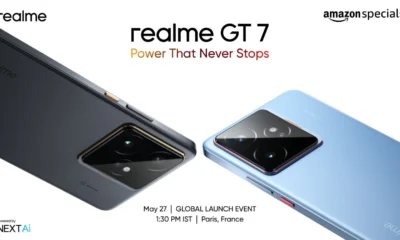Tech News
Google Maps Introduces Fuel-Efficient Routes

In a bid to promote sustainable transportation choices, Google Maps is rolling out new features aimed at guiding Australian travelers towards greener alternatives. The popular map app will now not only suggest the most fuel-efficient routes for drivers but also nudge users towards public transport or walking options, particularly in cities like Sydney and Melbourne.
Andrew Foster, director of Google Maps, emphasized that these updates are designed to encourage users to opt for more eco-friendly modes of transportation. One of the key features introduced is the ability to display routes that consume the least energy, leveraging artificial intelligence to identify these paths, even if they might take a bit longer. Moreover, drivers of electric vehicles will now have the convenience of locating nearby charging stations directly within the app.
Starting from Monday, users will be able to select their vehicle type—whether petrol, hybrid, diesel, or electric—allowing Google Maps to tailor the route suggestions to their specific energy requirements. This customization ensures that drivers receive recommendations that align with their vehicle’s efficiency.
However, the push towards sustainability doesn’t stop there. Google Maps plans to go a step further by encouraging users in Sydney and Melbourne to explore alternative modes of transportation such as public transit or walking, especially when travel times are comparable or even quicker. By delivering these suggestions directly within the app, Google aims to prompt individuals to consider more environmentally friendly options for their journeys.
Andrew Foster expressed optimism about the impact of these features, stating that they aim to prompt people to consider greener alternatives and contribute to a more sustainable future. As environmental consciousness continues to grow, Google Maps’ efforts to facilitate eco-friendly travel choices are likely to be well-received by users seeking to reduce their carbon footprint while navigating their way around cities.












